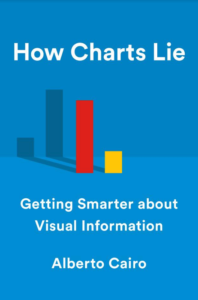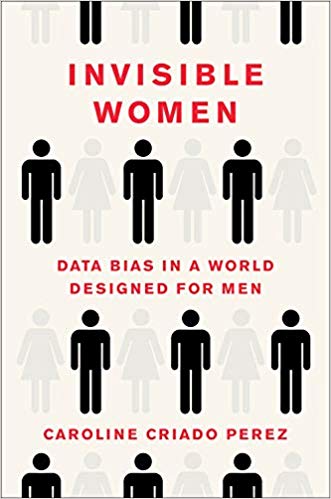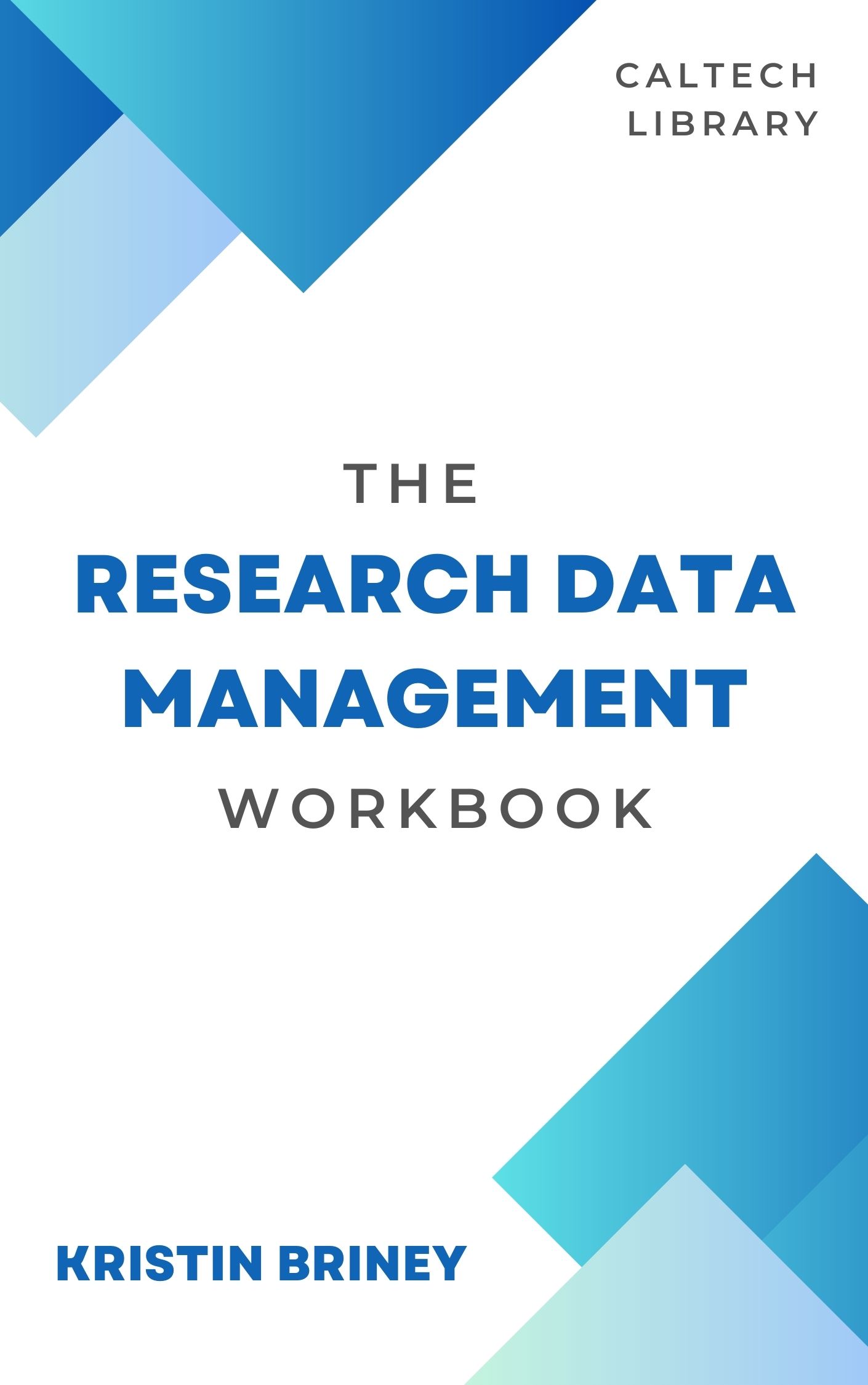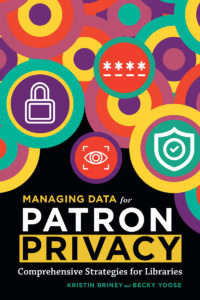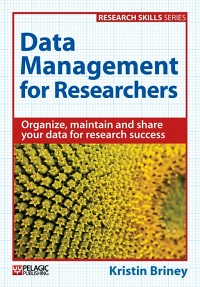If you’re a regular reader of my blog, you’ll know that one of my goals is for all researchers to adopt the basic data management practices that make conducting research easier. I’ve written a whole book on data management, done videos, created checklists, written numerous blog posts, etc., but it will never be enough until researchers are regularly taught these skills. Until that point, I’ll keep sending the gospel of data out in the world in different formats, hoping to reach new audiences.
My latest iteration of educating about the principles of data management is in the form of a research article in RIO. I really like the article format because it’s just enough space to provide a broad overview of the basic data management practices. And if readers want to learn more, we’ve provided a handy list of citations!
The new article covers 10 practices of data management that my coauthors and I consider to be foundational:
- Practice 1: Keep sufficient documentation
- Practice 2: Organize files and name them consistently
- Practice 3: Version the Files
- Practice 4: Create a security plan, when applicable
- Practice 5: Define roles and responsibilities
- Practice 6: Back up the data
- Practice 7: Identify tool constraints
- Practice 8: Close out the project
- Practice 9: Put the data in a repository
- Practice 10: Write these conventions down [in a data management plan]
This is by no means the complete scope of data management but rather a good introduction. Honestly, if you implement all ten practices into your research, you’re going to be doing very well with your data.
So if you or a peer are looking for a general introduction to research data management, check out my new article “Foundational Practices of Research Data Management.”
Citation: Briney KA, Coates H, Goben A (2020) Foundational Practices of Research Data Management. Research Ideas and Outcomes 6: e56508. https://doi.org/10.3897/rio.6.e56508
